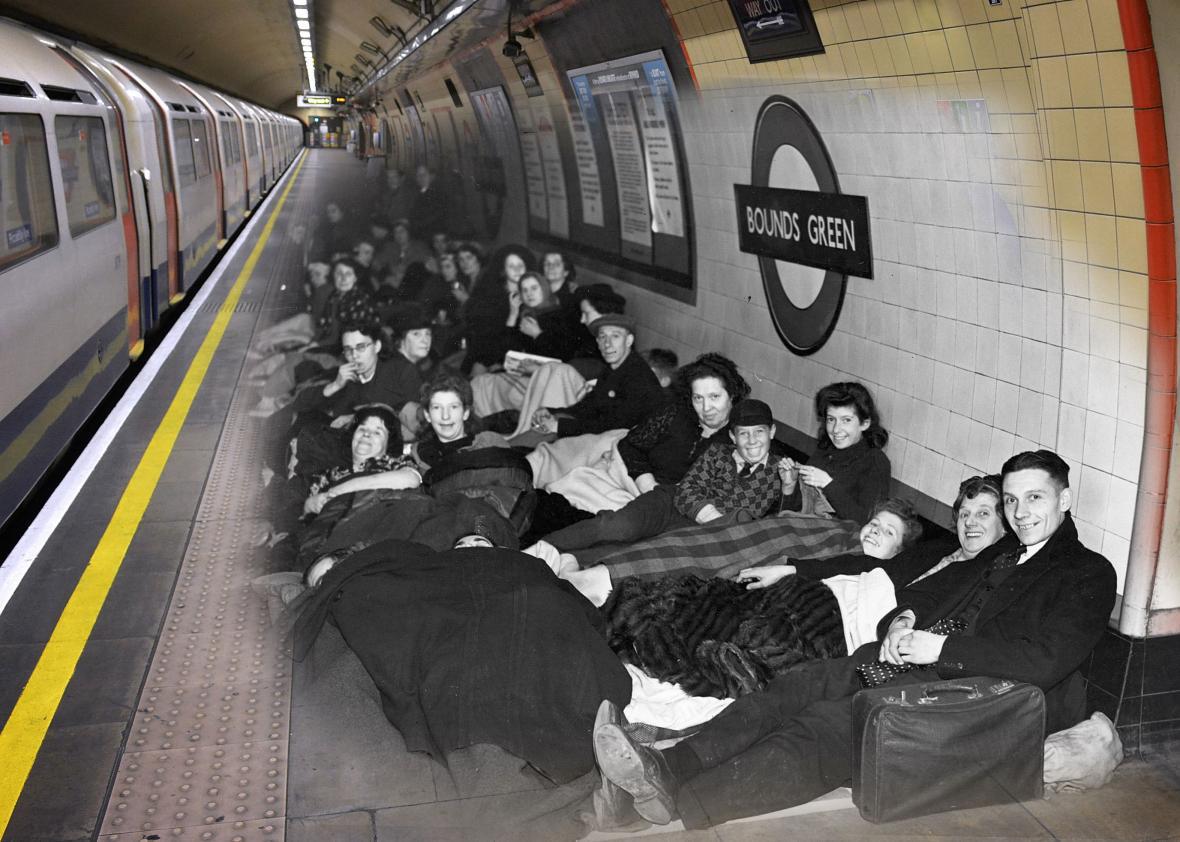A new era for London begins on Friday, when the city introduces all-night weekend Tube service on the Victoria and Central lines.
That change, which will expand to three other Underground lines this fall, is a response to London’s evolution into a “Non-Stop Capital.” (“The City That Never Sleeps” is taken.) Since 2000, late-night Tube ridership has risen at about twice the rate of daytime trips. But after the system closes, shortly after midnight, is where the real demand is: Nighttime bus usage has nearly tripled in that time.
Londoners (and visitors) want to stay out later, and the new service—which was supposed to start last fall, but was delayed due to “tortuous” negotiations with transit unions—will introduce a more flexible schedule to the city’s nightlife. It’s great news, of course, for 24-hour party people, out at theaters, restaurants, parties, bars, clubs, concerts, and the like. And it offers hope to those who think London has lost its late-night mojo.
But it’s even better news for nighttime workers: About half of night bus ridership, in 2008, consisted of commuters or workers on other business. The Night Tube is anticipated to serve 180,000 riders a night, and save them each 20 minutes on average. For workers on the night shift, the new transit will add hours to the week. Compared with New York—the world’s only 24/7 subway service—London’s trains will run with high frequency, with arrivals every 8 minutes on some stretches of track.
In this respect, London is moving in the opposite direction of Boston and Washington, D.C. Boston cut back its late-night weekend T service in March, and the Washington Metropolitan Area Transit Authority has proposed doing the same, ending a two-decade trend of extending service.
In D.C., a Metro spokesman told David Alpert of Greater Greater Washington that late-night ridership is low and getting lower (down by nearly half in five years) since people are using Uber and Lyft. In Boston, MBTA officials say they’re exploring a partnership with private-sector ride-hailing companies to make up for the lost service, which didn’t bring in as much revenue as the city thought it would when it was introduced in 2014.
How much ridership loss is attributable to those increased options isn’t clear. The Washington Metro has been in a prolonged service crisis. Boston’s late-night weekend ridership dropped by about 18 percent in its second year, though during that time the late-night service window shrank from 2 hours to 90 minutes. Even if late-night revelers do prefer taxis, though, they aren’t part of a feasible routine for workers. Transit and taxis aren’t equivalent services, no matter what Silicon Valley wants you to think.
At the very least, the divergent paths of London and the two East Coast cities illustrate different mentalities between London’s transit agency and its American equivalents. In a 2014 report on the city’s night economy prepared for Transport for London, rising late-night taxi use was cited as evidence that there was a need for better transit service.
In the U.S., it’s assumed that cause-and-effect works the opposite way: The popularity of taxis suggests to transit agencies that their services are no longer necessary—not that they just weren’t good enough.
